You must understand the stage prospective customers are in when they interact with your brand. This will help you create the best advertising for them.
Have you ever purchased luxury products online? A next-generation car or a top-shelf watch? I bet you did lengthy research before you committed to a product and typed in your credit card details.
We will show you some of the best practices to planning the multiple touchpoints of the customer journey in long sales cycles. We’ll focus on the two major digital marketing platforms – Google and Facebook. We’ll walk you through the design and execution of messages, targeting, and placement for each of the stages of the user hourney.
1. Use the Marketing Funnel to Understand the Customer Journey
The customer journey is the process in which prospective clients interact with a company in order to achieve a goal. This involves multiple interactions, especially regarding longer sales cycles. The better we understand these interactions, the fewer potential customers we’ll lose along the way.
To understand how to do customer journey mapping and increase your sales and ROI, consider the marketing funnel and how your campaign can use it.
2. Use Facebook in the Awareness Stage
During the awareness stage or the top of the marketing funnel, people might not even know your brand and offerings exist. Our experience has shown it is best to provide useful content that is NOT promotional. If content is too promotional, it defeats the purpose of the top of the funnel, which is about aiming to help people understand who you are, not make a purchase.
Visuals should be eye-catching and the ad text should not be product-centered but fun, intriguing, and informational. Such content may be blog posts or videos. A good strategy is to create conversational headlines for blog posts such as this one by Agora Pulse: “4 Key Ways to Impress Clients with Your Social ROI”
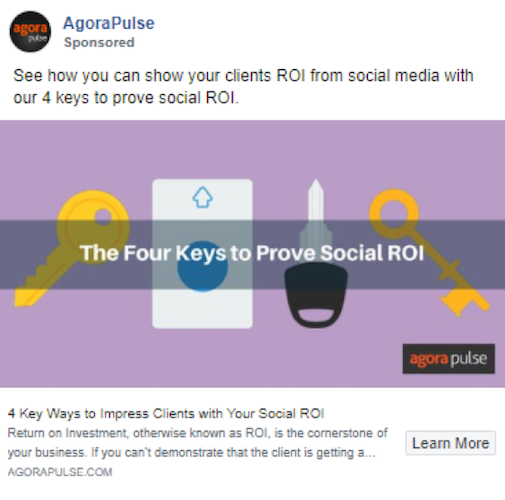
Targeting can be based on broader interests or demographic information. Calls-to-action (CTAs) on the ads should not necessarily push the product or service. Instead, invite the readers to “Learn More,” “Watch More,” etc.
Here is an example of a medical service we are advertising, targeting medical professionals. We are keeping it as broad as possible with the intent of creating awareness for our service in a specific city.
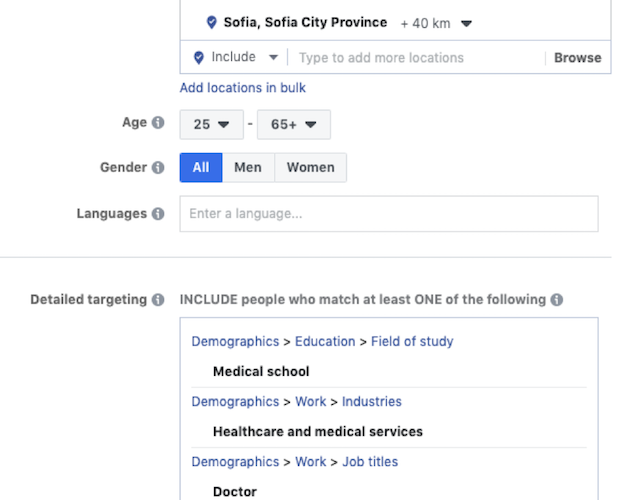
Now, you will know basic information about the people engaging with your advertisements, and if you need help setting targeting up an advertising agency can walk you through the steps.
By broadly creating awareness about your brand and learning about the people interested in it, you can increase customer interactions and improve your customer journey.
3. Make Google Display Campaigns for Top-of-the-Funnel Stage
With Google for the top of the marketing funnel, you can create a Display campaign targeting new people based on their interests. These campaigns show banner ads across the whole Google display network, including 2m+ websites, apps such as YouTube, Gmail, and other properties owned by Google.
If you have an intriguing video, a designated YouTube video campaign will help spread the message of your brand.
Again, it is critical not to be aggressive at this stage of the customer journey but it is essential to catch the audience’s attention.
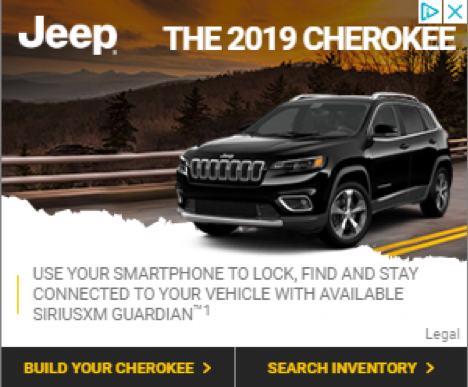
Do not expect immediate results in terms of conversions such as leads, purchases, and calls but instead look for engagement metrics such as average session duration, pages/sessions, and bounce rates.
4. Leverage Facebook’s Campaign Goals and Lookalike Audiences
During the interest/consideration stage when potential customers are already aware of what they need and aware of your business, you should focus on giving them more information and laying out the benefits of your products or services. In other words, communicate your unique value proposition.
Consider narrowing your audiences by combining the broader audiences from the previous phase with an additional filter, such as demographics, income, or another supplemental interest you believe is characteristic of your market audience. Your website’s analytics data (Facebook Pixel or Google Analytics) is crucial in building these audiences.
This is a good time to also create your first lookalike audience. The feature will identify target users who are likely to be interested in your business because they share the same interests, habits, and behaviors as your core audiences. In effect, you are expanding your marketing reach to people who are already in their consideration stage, instead of nurturing them through their awareness stage.
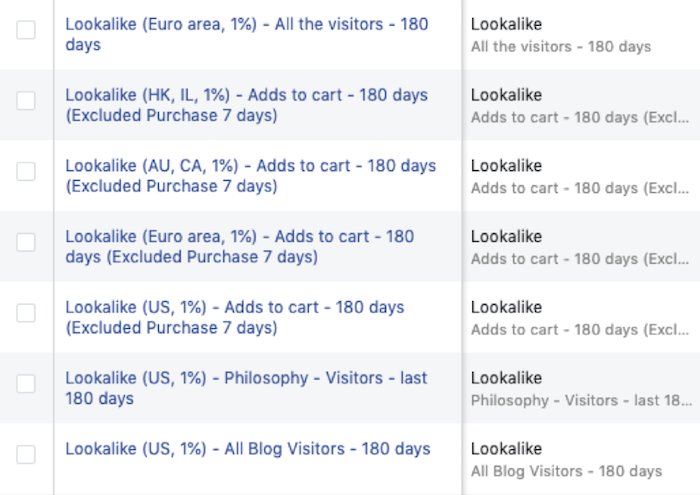
In addition, start optimizing your campaigns using Facebook’s goals. We’ve had the most success with traffic objective and optimization for landing page views, as this option increases the number of people coming to your landing page.
Still, avoid CTAs in your ad that are too aggressive. At this stage of the customer journey, the most you can ask your users for is their contact information. You should offer something in return, too. Calls-to-actions such as “Book a Free Consultation,” “Try It Now for Free,” and “Contact Us” might be suitable.
5. Use All Extensions, Headlines, and Descriptions for Google Search Ads
At this point in the marketing funnel, you can launch Google Search Ads. You should have compelling headlines and ad copy about your product’s benefits and how it solves the users’ problems. This could be expressed in the mandatory ad space, which tricks some people to neglect the optional extensions, third headlines, and second descriptions. Although the expanded text of the ad may not always be visible, they can be the key to your success.
Here is how much additional text can appear on an ad:
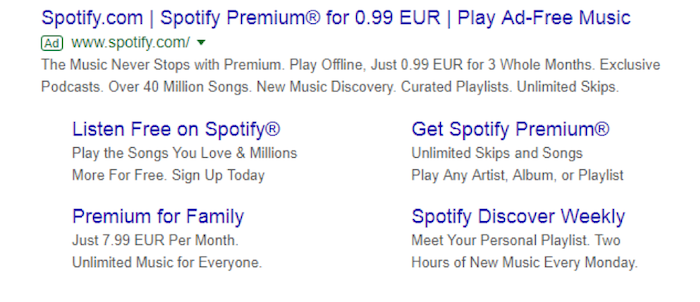
But, not every ad can take that much text. Here is how small the standard expanded text ad is:

Our experience has shown that this additional text and extensions can increase the click-through rate, boost the quality score, and even drive down the average cost-per-click.
The trick is not to place the most essential information in the optional text spaces, as they are not guaranteed to display each time. Your main message should still be in the two core headlines and first description.
Aside from text ads, you can also run Display campaigns targeting in-market audiences that consist of people identified by Google to have a high buying intent. You should expect a higher cost per lead in the Display Campaigns.
6. Emphasize Richer Landing Pages, Not Lead Capture Pages
As counterintuitively as it sounds, lead capture landing pages may become your worst enemy at this stage. In fact, such pages may be too limiting to provide enough information for your potential customers.
Instead, choose a page that is rich in information and does not rely solely on lead capture. You have to nudge potential customers, but you cannot push them too hard. People in the consideration stage need to browse through the site content and learn more about the product and brand with the help of thorough review case studies and about us pages.
We experimented in the past with narrowly-focused lead capturing landing pages for a long sale cycle business. The result? They produced up to 6 times fewer leads compared to those coming from the homepage as the first interaction.
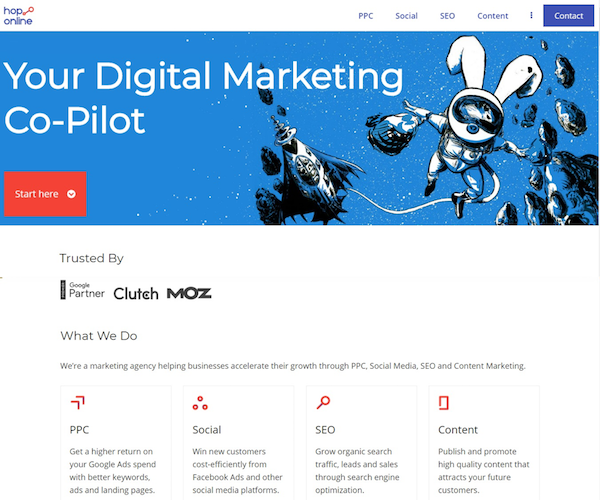
Here is what we did for our own landing page using this insight. We kept the simplicity of lead capture landing pages but also highlighted the fact that the customer can browse our pages before signing.
By understanding and utilizing the marketing funnel, you can turn leads into customers.
7. Turn Qualified Leads into Customers
As you advance upon the customer journey, your focus should to people who have engaged with your brand before.
On Facebook, you can create a campaign using some specific remarketing audiences such as cart abandoners, users who requested a free trial or demo, or customers who have not purchased items in a long time.
It is important to mention a special offer or bring something of value, such as a gift with purchase, in order to further entice them to purchase or become a lead.

Any of the ads that you create should feature a strong CTA such as “5 Days Only Sale” to create urgency and encourage action.
8. Use Google Ads Remarketing and Search Ads for Bottom of the Funnel
It is possible to use Google Ads to launch a Display campaign for the remarketing audiences you’ve created of people engaging with your top-of-the-funnel content. Again, it is important to have a special offer such as a flash sale.
As for the text ads, it is vital to show up on the search results for the bottom of the marketing funnel keywords containing terms such as “discount,” “buy,” and “near me.” You can create separate search campaigns or just ad groups addressing these queries.
Finally, as the potential customers are actively searching for you, it is crucial to rank first for your branded terms. By engaging with people at the top and bottom of the sales funnel, you will increase your number of leads and improve upon the ones you already have.
Meet Your Customers Where They Are
Overall, the most important ingredient to a successful multi-channel customer journey for a long sales cycle is to understand at which stage your prospective customers are when they interact with your brand.
This information will determine the types of ads that will best serve them, the targeting, and the landing page that are most likely to close the deal. Align your marketing efforts with the user journey to avoid wasting your budget and alienating potential customers. And, if all this sounds like too much to accomplish, don’t be afraid to ask us for help!